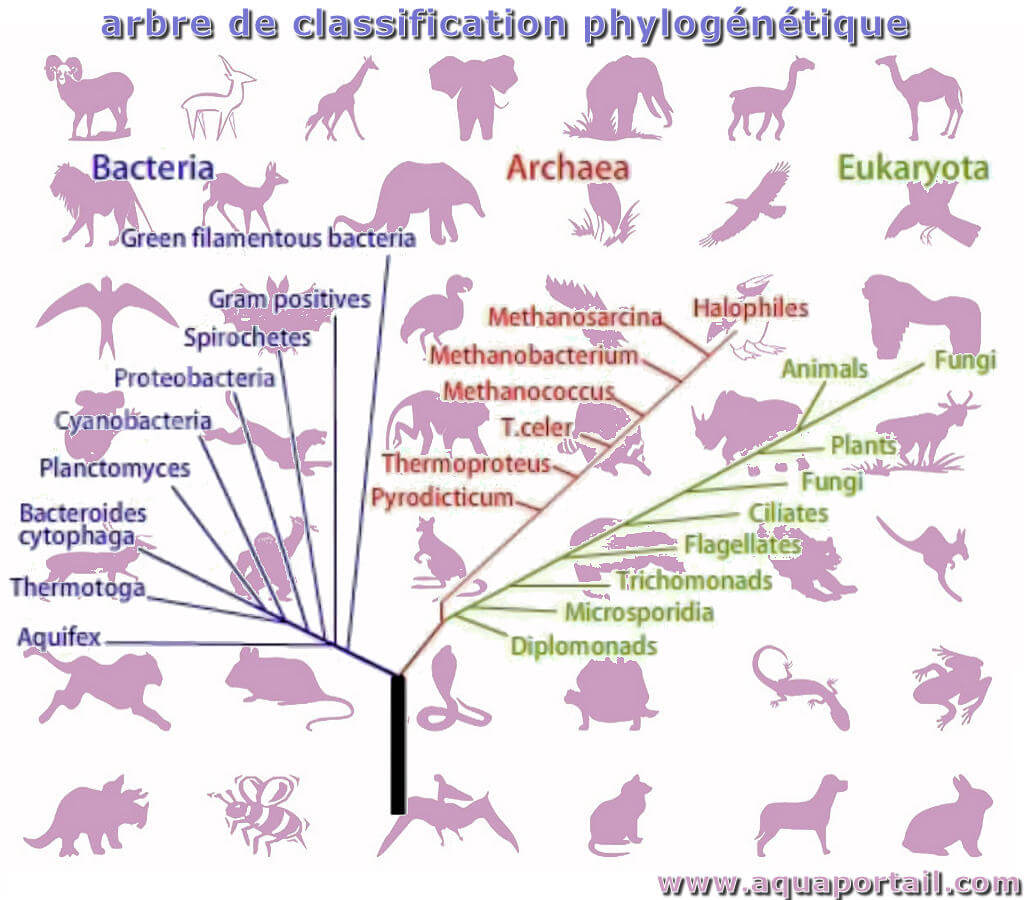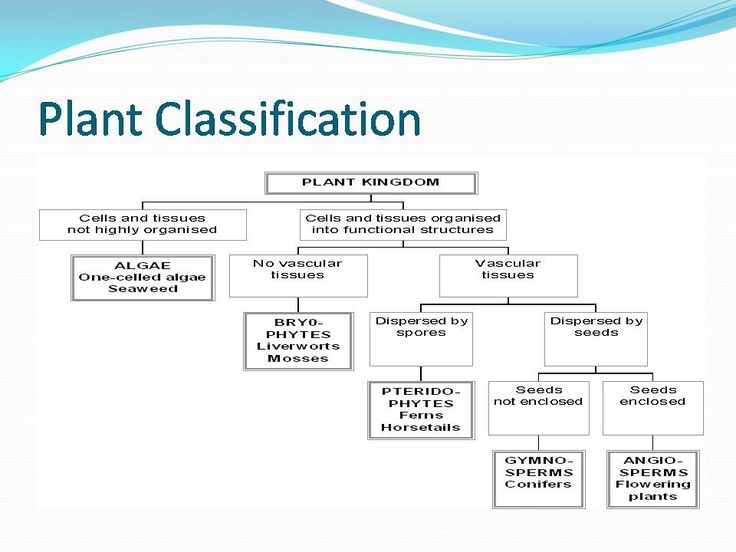2 eme Année Tronc Commun

La matière intitulée 'Biosystématique animale' est une unité d'enseignement fondamentale annuelle enseignée durant la 2e année de tronc commun cycle long dans la filière des sciences agronomiques du cycle Ingénieur. Elle consiste à faire connaitre les bases de la taxonomie animale globalement.
- Enseignant: Benfekih Leila

Ce cours est dédié aux étudiants inscrits en 2ème année sciences agronomiques (cycle ingénieur).
Il s'agit d'un module annuel répartie sur les semestre 3 et 4 du cycle ingénieur. Le support hébergé sur ce lien inclut le programme consacré au semestre 3 (crédits : 4/ Coefficient :3) via lequel l'apprenant sera initié à la taxonomie végétale tout en prenant connaissance de l'évolution de la Biosystématique végétale et en étudiant les principaux groupes de végétaux (inférieurs et supérieurs).
evaluation method:
Continuous assessment (TP reports/15 + Personal work in person/5) and half-yearly examination
- Enseignant: BACHIR Kamilia
- Enseignant: CHABANE Dalila
COURSE DESCRIPTION:
This course provides a comprehensive study of microbiology, designed for second-year engineering students in agronomic sciences. It covers four major themes: an introduction to the microbial world, the bacterial cell (including cellular structures and microbial genetics), bacterial taxonomy (nomenclature and classification of microorganisms), and bacterial physiology (metabolism and microbial growth). The course is delivered in person at the Faculty of Natural and Life Sciences (University of Blida 1), with active student engagement through interactive activities and class discussions aimed at enhancing their understanding of the microbial world and applying their knowledge to various concepts.
- Enseignant: Djerdjouri Amina
- Enseignant: hemiani tayeb
- Enseignant: SNV S2 Transversales
Biochemistry, or chemistry of life, is an experimental science that aims to study the chemical processes at the basis of life. It is defined as the science that studies the chemical constituents of cells. Biochemistry aims to describe and explain in molecular terms, all the anabolic and catabolic chemical processes of living cells.
This course is intended for 2nd year TCSNV students
- Enseignant: RAHIM IBTISSEM
définition de l'éthique et la déontologie ainsi la différence qui entre ces deux termes
Les maladies qui se transmettent sur le mode récessif lié au chromosome X sont des maladies génétiques qui touchent les garçons/hommes et se transmettent par les femmes. Les dystrophies musculaires de Duchenne et de Becker, la maladie de Kennedy se transmettent suivant ce mode.
- Enseignant: CHABANE Dalila
Cours Outils informatiques pour les Sections : Biotechnologies, Hydrobiologie, Biologie et Sc. Alimentaires
- Enseignant: Degaichia Houssem
Structure de l’ADN
- Dans les années 1950, les Américains James Watson et Francis Crick ont déterminé la structure fine de la molécule constituant les gènes, l'ADN, et aident ainsi à comprendre les mécanismes moléculaires de l'hérédité.
- L’ADN Acide Désoxyribo Nucléique est formé par une séquence de nucléotides.
- Les constituants de base du nucléotide sont :
- un acide phosphorique
- un désoxyribose
- une base azotée.
- Enseignant: CHABANE Dalila
